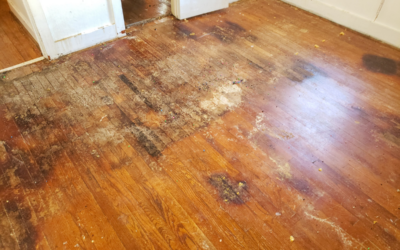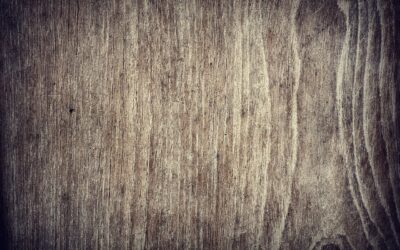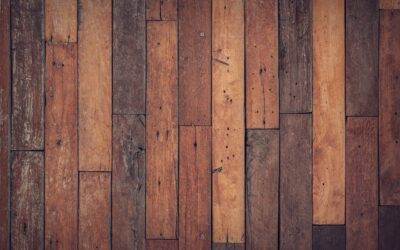These Could Mean It’s Time to Refinish Your Hardwood Floors!
Hardwood floors are valuable and beautiful additions to your home, but when they sustain water damage, they don’t always look so appealing. Unlike vinyl or even sealed ceramic tile floors, wood is porous. Wood soaks up water in these pores, and that can result in the tell-tale signs of water damage.
Water damage doesn’t guarantee that your wood floors are ruined. In fact, wood floors can be saved and refinished! This process, aptly called hardwood floor refinishing, involves removing the top layer of wood, and restaining and sealing the surface.
Where Do Hardwood Floors Show Water Damage?
Check three sections of your floor, when possible, if you suspect water damage. The most obvious will be the top surface of your hardwood floor, where the finish is visible.
Much harder to see are the body of the floor and the subfloor. You may be able to see severe damage to the subfloor from the ceiling of an unfinished basement. However, the body of the floor – the boards beneath the finish – can be difficult to see on a fully installed floor. Some visible signs of body damage are apparent by looking at the top of your floor, however.
Signs Of a Wet Hardwood Floor
The most obvious sign that your floor is wet is that it feels that way to the touch. If you suspect the spill or leak has already dried, look for these indicators of water damage.
- Check the floor’s moisture using a digital moisture meter. Available for purchase at your favorite big box stores online, even a basic moisture meter can tell you whether there’s water present within your hardwood flooring. Your floor may be wet without yet showing signs of damage.
- Delaminated or peeling layers of engineered hardwood floors. If you don’t have solid hardwood floors, but rather engineered wood, you may notice that layers appear to be peeling or separating. This can also look like the boards have expanded. In many cases, engineered wood flooring cannot be refinished.
- Dark or discolored sections of flooring. Even clean water left long enough on the floor will leave behind what looks like a stain as the water seeps into the wood grain. Wood floor refinishing is usually adequate if the only issue is the water stain.
- A white ring or mark. This can mean that you have a superficial water stain that did not penetrate into the grain. White marks from water are more easily removed than other types of water damage.
- Warped, loose, or uneven boards. Wood warps when it absorbs moisture and swells. A warped floor board will not sit flush with dry hardwood flooring and may have a wavy or bent appearance.
Loose boards may also be the result of water damage, as wood decays away from the nails that secure it in place. This can result in squeaky areas of your flooring as well. In severe water damage cases, your wood planks may lift off the subfloor.
Slightly warping or uneven boards may be saved through wood floor refinishing, but every situation is different.
- Crowning or cupping. Crowning occurs when the center of the wood plank swells higher than the edges, and cupping is when the edges of the boards expand. In many cases, these boards cannot be refinished.
- A top finish that looks blistered or has begun to peel. Water that has penetrated the finish on your floor may look bumpy or blistered. The finish may also appear to be peeling off the floor. Both mean the top coat and stain have been damaged. Hardwood floor refinishing can address this problem.
Address the Cause Before You Refinish Hardwood Floors
Before you get hardwood floor refinishing, identify and fix the cause of your wet floors. If your roof had a severe leak, repair the roof before you refinish your floors. If your plumbing caused the problem, contact a plumber before performing repairs on your floors.
If you repair your floors before addressing the reason they got wet in the first place, you’ll find yourself with more water damage later.
A small spill cleaned up immediately is not likely to require hardwood floor refinishing. But storm-related moisture or plumbing leaks that you don’t notice for a very long time mean the wood was exposed to moisture over longer periods of time. This usually means at least some section of your hardwood floor will need refinishing.
Extensive Water Damage In Hardwood Floors
Unfortunately, not all floors can be salvaged after severe water damage. In some cases, you’ll need to fully replace sections or even the entire hardwood floor. In this case, a wood floor refinishing company near you, like JRK Flooring, can help you determine the next steps for your floors, including whether they can be refinished or will require further repairs. Call us at (816) 237-9327 for a free estimate.









